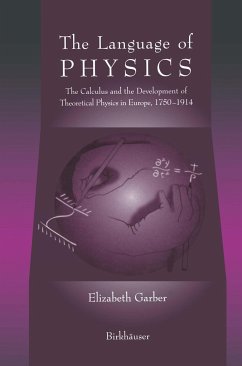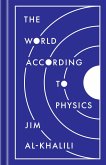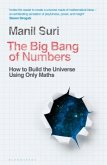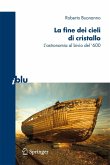This work is the first explicit examination of the key role that mathematics has played in the development of theoretical physics and will undoubtedly challenge the more conventional accounts of its historical development. Although mathematics has long been regarded as the "language" of physics, the connections between these independent disciplines have been far more complex and intimate than previous narratives have shown. The author convincingly demonstrates that practices, methods, and language shaped the development of the field, and are a key to understanding the mergence of the modern academic discipline. Mathematicians and physicists, as well as historians of both disciplines, will find this provocative work of great interest.
"Garber discusses an interesting part of scientific development, using examples of theoretical physics and their historical steps."
---Mathematical Reviews
"Garber argues her case convincingly... A very valuable addition to the existing literature on the history of modern physics. The book is also well written... Those who make an effort to follow the argument will gain many new insights and obtain a fresh outlook at the mathematization of physics in the 18th and 19th centuries."
---Physics World
---Mathematical Reviews
"Garber argues her case convincingly... A very valuable addition to the existing literature on the history of modern physics. The book is also well written... Those who make an effort to follow the argument will gain many new insights and obtain a fresh outlook at the mathematization of physics in the 18th and 19th centuries."
---Physics World









